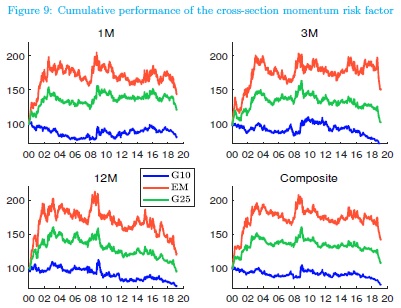Media Attention and the Low Volatility Effect
The low volatility factor is a well-known example of a stock trading strategy that contradicts the classical CAPM model. A lot of researchers are trying to come up with an explanation for driving forces behind the volatility effect. One such popular explanation is the ‘attention-grabbing’ hypothesis – which suggests that low-volatility stocks are ‘boring’ and therefore require a premium relative to ‘glittering’ stocks that receive a lot of investor attention. Research paper written by Blitz, Huisman, Swinkels and van Vliet tests this theory and concludes that ‘attention-grabbing’ hypothesis can't be used to explain outperformance of low volatility stocks.
Related to: #7 – Low Volatility Factor Effect in Stocks
Authors: Blitz, Huisman, Swinkels, van Vliet
Title: Media Attention and the Volatility Effect










